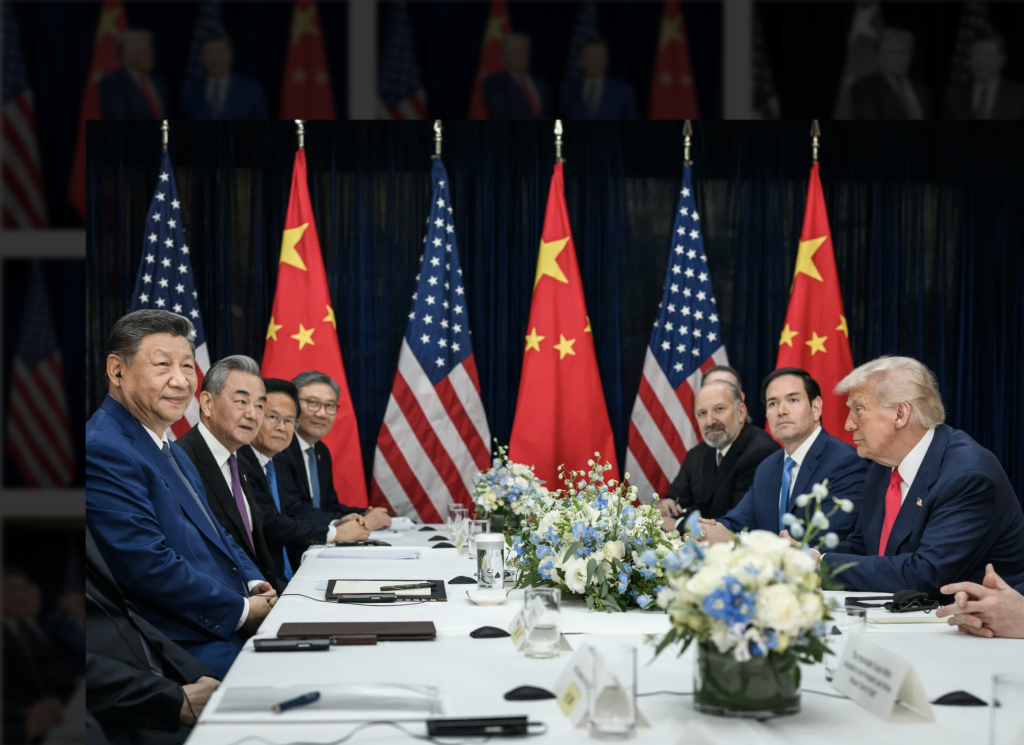How Far Does One Belt One Road Extend?
Has anyone looked at a map lately? The pace of Chinese infrastructure investment has been ramping up around the globe, and in 2015 alone China pledged to invest $60 billion USD into African infrastructure. China and Africa have long linkages, and the African bloc is often credited with securing China’s recognition internationally over Taiwan. Closer to its own boarders China has begun to embark on the ambitious endeavor to reconstruct the historic silk road through their One Belt One Road initiative, which can be divided into two parts The Silk Road Economic Belt and the 21st-century Maritime Silk Road. While investment in Africa and the OBOR project are presented and often viewed in silo, they are inexorably linked. There is no better example of this than the newly completed Addis Ababa-Djibouti Railway (AADR) which spans 470 miles (756km) from Sebeta to Nagad in Djibouti City (completed on January 10th 2017), and the Gwadar port project which provides a key point of connection from Pakistan into the Horn of Africa.
To make short of the question of whether the AADR falls under the umbrella of OBOR, the answer is yes. Some may tote there is a difference, claiming  infrastructure aid in Africa is broad, encompassing a multitude of countries and sectors small and large, while OBOR “will focus on some significant projects” to connect Eurasia to China. According to the Chinese, One Belt One Road is seen overarching project meant to help reshape the international system by connecting China to the rest of the world. Investments in Africa are not cast in this light, but the reality of the situation is that they do work to facilitate the same tangible goal of OBOR to weave China more thoroughly into the web of the world. Even if it is not framed as such, the AADR and infrastructure projects like it strive to expand not only Chinese soft power globally, but also construct the physical points of connection necessary for Chinese economic and trade goals to be fulfilled. To deny that AADR is part of the One Belt One Road project is to foolishly succumb to the semantics of names and arbitrary boundaries. The geography of the situation makes these connections nearly unavoidable.
infrastructure aid in Africa is broad, encompassing a multitude of countries and sectors small and large, while OBOR “will focus on some significant projects” to connect Eurasia to China. According to the Chinese, One Belt One Road is seen overarching project meant to help reshape the international system by connecting China to the rest of the world. Investments in Africa are not cast in this light, but the reality of the situation is that they do work to facilitate the same tangible goal of OBOR to weave China more thoroughly into the web of the world. Even if it is not framed as such, the AADR and infrastructure projects like it strive to expand not only Chinese soft power globally, but also construct the physical points of connection necessary for Chinese economic and trade goals to be fulfilled. To deny that AADR is part of the One Belt One Road project is to foolishly succumb to the semantics of names and arbitrary boundaries. The geography of the situation makes these connections nearly unavoidable.
In its current stage OBOR is working to construct six economic corridors, with the first already underway, much to the ire of the Indians, in Pakistan. The China-Pakistan Economic Corridor, or CPEC as it is more c olloquially know, consists of a multitude of projects valued at over 50 billion dollars by the Chinese which work to enhance the connectivity of trade between the two counties starting at the border of Pakistan and China in the Xinjiang region. It has been said that out of this amount that “18 billion is currently in the implementation phase while another $17bn worth of projects is in the active pipeline.” These investments in Pakistan aim to increase Chinese energy security in the coal, wind and gas sectors as well as improve the transportation infrastructure throughout the county. Most important to the question of the AADR is the Gwadar port, which sits upon Indian Ocean, allowing for improved access to the Gulf of Aden and goods coming to and from Djibouti. Being the main port of call in the region AADR will cut travel cut travel to Djibouti down to 12 hours from the previous 3 days, and will act as an important piece of the puzzle in connecting African, Asian, and Eurasian markets
olloquially know, consists of a multitude of projects valued at over 50 billion dollars by the Chinese which work to enhance the connectivity of trade between the two counties starting at the border of Pakistan and China in the Xinjiang region. It has been said that out of this amount that “18 billion is currently in the implementation phase while another $17bn worth of projects is in the active pipeline.” These investments in Pakistan aim to increase Chinese energy security in the coal, wind and gas sectors as well as improve the transportation infrastructure throughout the county. Most important to the question of the AADR is the Gwadar port, which sits upon Indian Ocean, allowing for improved access to the Gulf of Aden and goods coming to and from Djibouti. Being the main port of call in the region AADR will cut travel cut travel to Djibouti down to 12 hours from the previous 3 days, and will act as an important piece of the puzzle in connecting African, Asian, and Eurasian markets
In conjunction with the Adidas Ababa-Djibouti railway, the port in Gwadar can be observed deliberately placed to better facilitate ties between South East Asia and the African Horn. Wu Yuping, business manager of China Overseas Port Holding Company (which owns the facility) agrees with that assessment, and has described the Gwadar project as “being the marine transit point for regional transshipment, storage and transportation.” To make this a reality Wu and his team look to overhaul the port station by the end of 2017 to handle over one million tons of cargo a year via a 1.02-billion-dollar investment to enhance the capacity of the facility. This modernization will consist of installing new container berths, grain and oil terminals, and a 2,292-acre special economic zone to the adjacent. It’s significance in linking the AADR to the One Belt One Road Initiative as it sits mere 1525 nautical miles (a six-day journey) from the port facilities in Djibouti where the railway ends. As investment across Eurasia and Africa grows so will the significance of Gwadar and its ability to process, store, and route goods to and from the Horn of Africa, increasing the linkages of trade even further.
While the new Ethiopian- Djibouti railway does not officially fall within the scope of One Belt One Road, when viewed in conjunction with the Gwadar port it still works towards facilitating the same goal, a more thoroughly connected China to the rest of the world. In Africa there are many infrastructure projects that are not seen as being part of OBOR, but should. Aside from AADR there are plans in the works for the Chinese to construct railways linking Kenya to Sudan and Uganda to Burundi, not to mention that the Tanzara railway built by China in the 1970’s is still in place. With a few modernizations and linkages, we could feasibly in the next 20 years see Chinese financed railroads sprawl across the African continent leading all the way down into South Africa. These passages, laden with goods going to and from China will all make stops along their travels, to the port of Djibouti, Gwadar, and beyond. As the saying goes, the shortest distance between two points is a line.
Daniel Grober is one of the Spring 2017 interns at the Carter Center’s China Program. All view’s expressed in this article are his alone and do not reflect the opinions of the Carter Center, it’s China Program, or President Carter himself. You can follow him on Twitter @Daniel_Grober.









